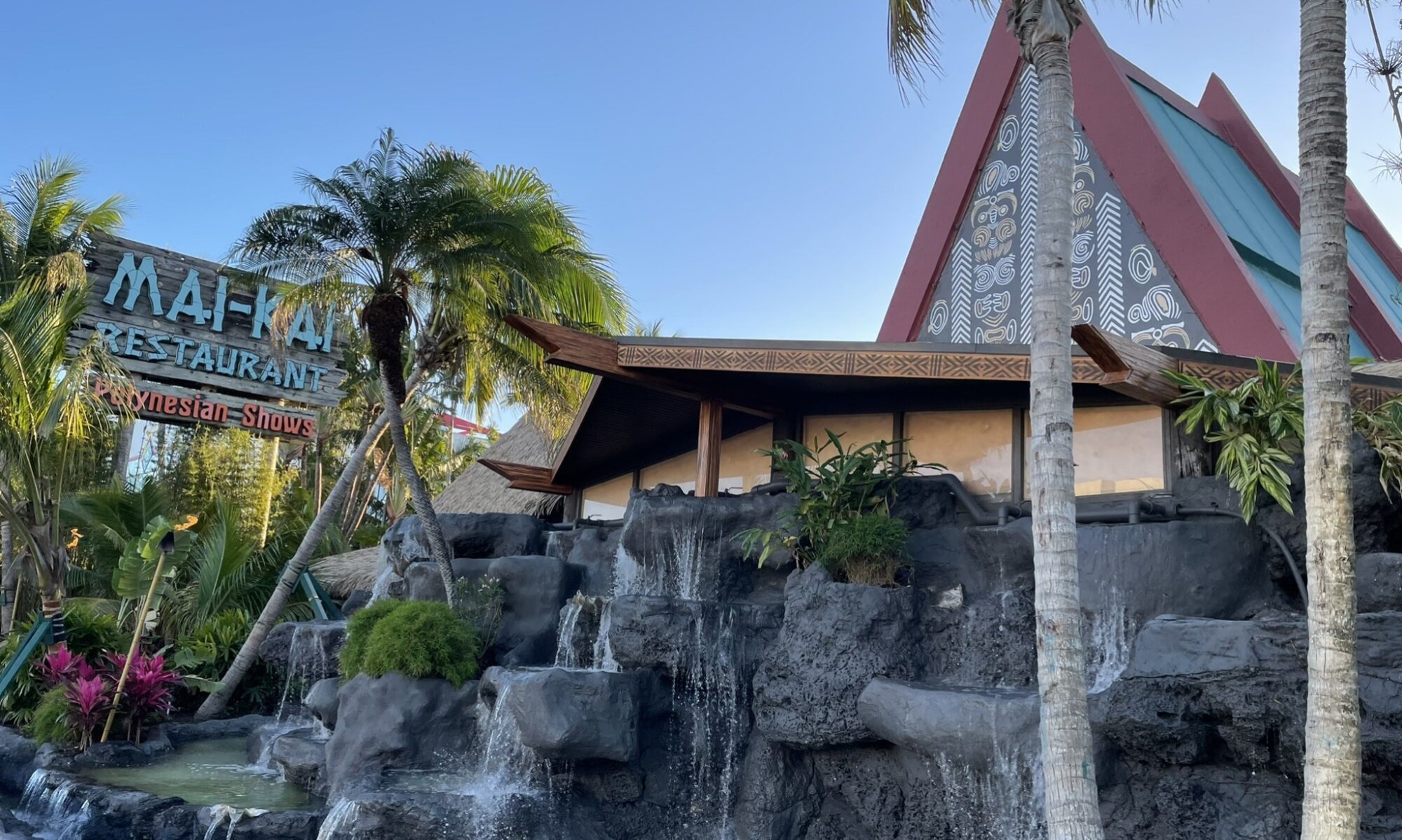When you examine the sport of surfing and its surrounding culture, Florida is sometimes overlooked while hot spots such as California and Hawaii grab the spotlight. A new book released in May could go a long way toward changing that perception.
Surfing Florida: A Photographic History, by Paul Aho, 272 pages, $31.95, University Press of Florida. Also available via Amazon, at regional surf shops and local book stores. See also: Facebook page
The book follows an impressive gallery exhibit, also called Surfing Florida: A Photographic History, that debuted at Florida Atlantic University in Boca Raton in March 2012. The exhibit of rare photos, surfboards, video, music and interviews made the rounds of galleries throughout the state in 2012 and 2013 to much acclaim.
The exhibit will become a permanent part of the Palm Beach County Surfing History Project, a nonprofit organization dedicated to preserving, documenting and exhibiting the history of Florida surfing. The group’s website says the expansive displays will be available only for non-profit, educational purposes, so donations are encouraged.
Past Atomic Grog coverage
* Surfing rides new wave of interest thanks to FAU exhibit
* FAU’s surfing exhibit closes with a splash
* Florida at forefront of surf rock’s contemporary renaissance
If you missed the exhibit and/or wish to take a deeper dive into Florida’s colorful surfing scene (past and present), the book is highly recommended. It goes into much more depth and includes a broader and more detailed look at the men and women who make the scene unique. It’s loaded with great stories and photos by many contributors including some of surfing’s top photographers.
It covers all of the states major figures, including Kelly Slater, 11-time Association of Surfing Professionals champion; Frieda Zamba, the youngest surfing world champion ever; and Lisa Andersen, one of Sports Illustrated‘s 100 “Greatest Sportswomen of the Century”). But it also explores the many unheralded and influential people who form the backbone of the sport. It’s also interesting to see the development and history of the many regional scenes around the state. The book identifies seven distinct regions, up and down both the east and west coasts and the Panhandle.

The book, like the exhibit, springs from the passionate work of Paul Aho, an artist, educator, and longtime surfer. Aho is dean of the Paducah School of Art & Design at West Kentucky Community and Technical College. He was assisted and guided on both projects by W. Rod Faulds, director of the FAU University Galleries. The book’s credits list 62 different contributing photographers, from noted photo journalists to the competing surfers themselves.
The photos are enhanced by essays written by noted scholars and historians, plus interviews with some key people in the sport’s history. The broader impact of surfing on pop culture is explored, and there’s an entire chapter on Florida’s surf music scene. In Chapter 19, “Florida Surf Rock, Then and Now,” FAU music professor James E. Cunningham traces the evolution of the genre from the 1960s to today, which an emphasis on the current revival.
Related event
* Cutback CD release party at The Mai-Kai on Nov. 7
Cunningham, an ethnomusicologist and performing musician, contributed to the original exhibit with an informative lecture in May 2012 [see story], which formed the basis of his essay in the book. Like the rest of Surfing Florida, the music chapter includes some great vintage photos. Forgotten bands from a bygone era finally get their historical due, including The Sand Trippers from Fort Pierce, The Aerovons from Fort Lauderdale, and Larry and the Loafers from Pensacola.

But while many of those early acts fell into the “vocal surf rock” category (inspired by the Beach Boys), the current revival (or “fourth wave”) has been driven by all-instrumental bands inspired more by forefather Dick Dale, king of the surf guitar. Among the many current instrumental bands highlighted in the book are Cutback, The Intoxicators, The NovaRays, Skinny Jimmy & the Stingrays, and Gold Dust Lounge.
South Florida’s diverse music scene has also spawned a wide array of bands tangentally connected to surf culture. Grouped under the broad umbrella of “beach-oriented indie/noise-pop,” these bands may not be traditional surf bands but many are making a splash in the national music scene. Among those that Cunningham spotlights are Surfer Blood, Beach Day, Guy Harvey, and the Jacuzzi Boys.
“Owing to the surf-inspired, punk/DIY, and beachy bent of contemporary Floridian bands, both instrumental and vocal, today’s surf-rock musicians in South Florida have created a strong regional fourth-wave phenomenon,” Cunningham writes. “The music of these groups resonates positively among the surf culture and tiki exotica aficionados old and new within the state.”
Related stories on The Atomic Grog
* Take a trip through the history of surf culture with Cutback, ‘Surfers Journey’ CD
* Miami’s Gold Dust Lounge sets sail on adventurous journey with ‘Lost Sunset’
* Dick Dale: The most interesting man in rock ‘n’ roll
* Cancer survivor and rock legend Dick Dale: ‘I had both feet in the grave’
* More stories about surf music

